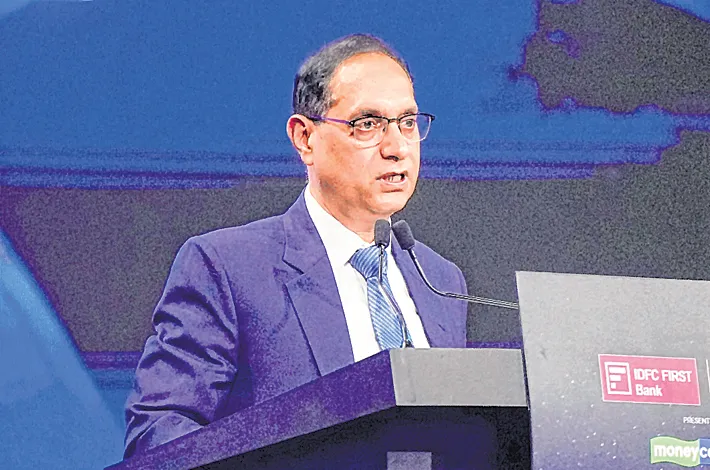Andhra Pradesh eyes bamboo boom
19-05-2025 12:00:00 AM

Tripura's success with bamboo has shown us the immense potential this green resource holds — not just for ecological benefits but also for rural livelihoods.
V. Hanumantha Rao Regional forest conservator, Andhra Pradesh Forest Department
Bamboozling facts
■ Bamboo produces 35 per cent more oxygen than other trees
■ The fastest growing species of bamboo can grow up to 91 cm (35 in) a day
■ Once plants reach maturity, they can be sustainably harvested as a perennial crop for 40+ years
■ Bamboo production can sequester 2.03 metric tons of carbon per hectare per year
■ India produces eight lakh cubic metres of plywood annually. If even a fourth of this is replaced with bamboo, it would result in saving 8,000 hectares of forests which would generate employment to the tune of 35 million man-days, particularly for rural, tribal and women folk and for in-house work
■ Bamboo plants have hollow, but very strong stems that can grow up to 130 feet high with 1-foot-thick stems
■ One inch of bamboo can hold up to 7 1/2 tons of weight. Even stronger than some types of softwood
■ Narsipatnam, Chintapalli, and Paderu in the Alluri Sitarama Raju district to become the bedrock for bamboo cultivation
■ Focused on promoting industries that produce agarbattis (incense sticks), eco-friendly furniture, and biodegradable consumer goods
KIRANMAI TUTIKA | AMARAVATI
Drawing inspiration from the successful bamboo industry model of Tripura, Andhra Pradesh government has initiated steps to establish bamboo-based industries across the state.
As part of the initiative, bamboo seeds have been sourced and brought to Visakhapatnam, with nurseries already established in the tribal and forest-rich regions of Narsipatnam, Chintapalli, and Paderu in the Alluri Sitarama Raju district. These nurseries are expected to be the bedrock of a larger plan to promote bamboo cultivation and value-added production in the state’s hilly and tribal belts.
Officials say the government is particularly focused on promoting industries that produce agarbattis (incense sticks), eco-friendly furniture, and biodegradable consumer goods — areas where bamboo has proven to be an effective, eco-conscious alternative.
Learning from Tripura’s Success
Tripura, a northeastern state, has made significant strides in harnessing bamboo for economic development, especially through its robust agarbatti and handicrafts sectors. Andhra Pradesh aims to replicate and tailor this model for its own terrain and communities.
“Tripura's success with bamboo has shown us the immense potential this green resource holds — not just for ecological benefits but also for rural livelihoods,” said V. Hanumantha Rao, regional forest conservator, Andhra Pradesh Forest Department. “We believe our tribal belts, with similar forest ecosystems and skilled traditional artisans, can also thrive through bamboo-based enterprises.”
According to sources, a delegation of experts recently visited Tripura to study the processing, marketing, and cooperative models that have turned bamboo into a revenue generator for thousands of families in the northeastern state. “What impressed us most was their integration of local communities into the value chain,” the official added.








